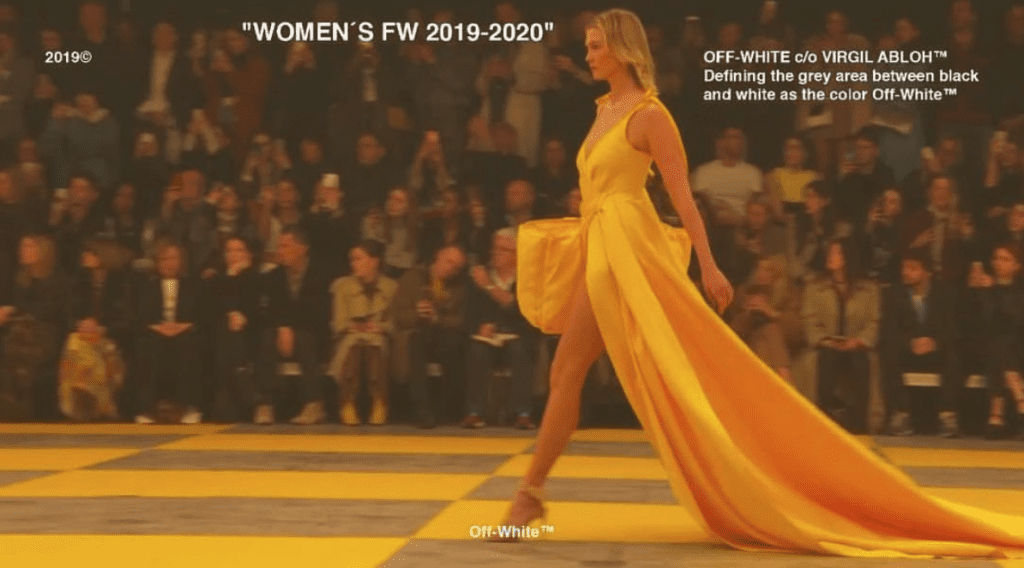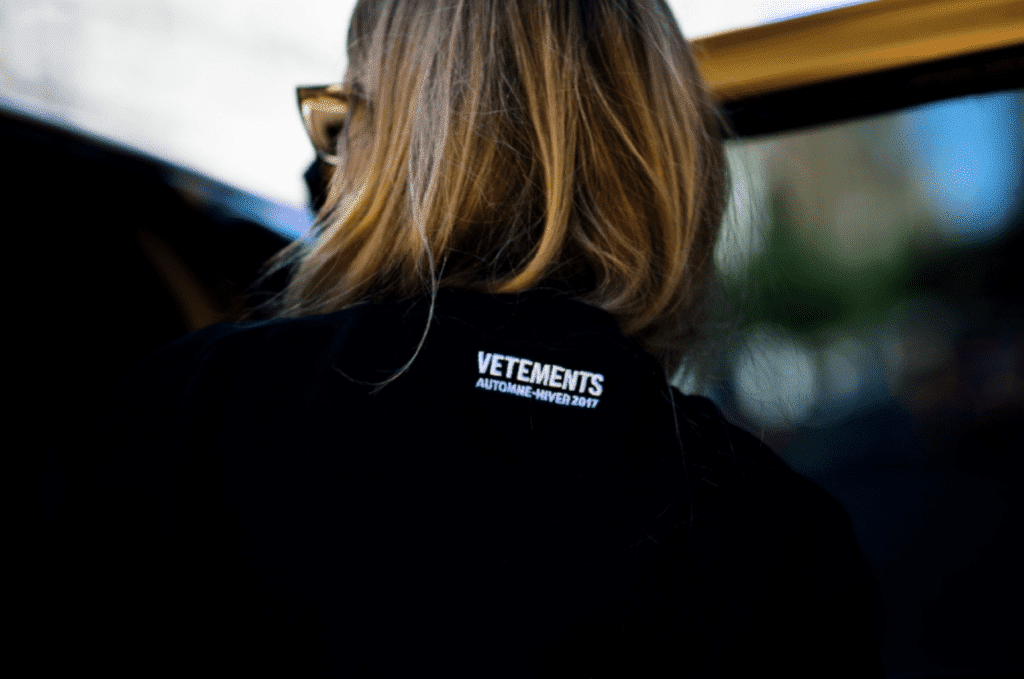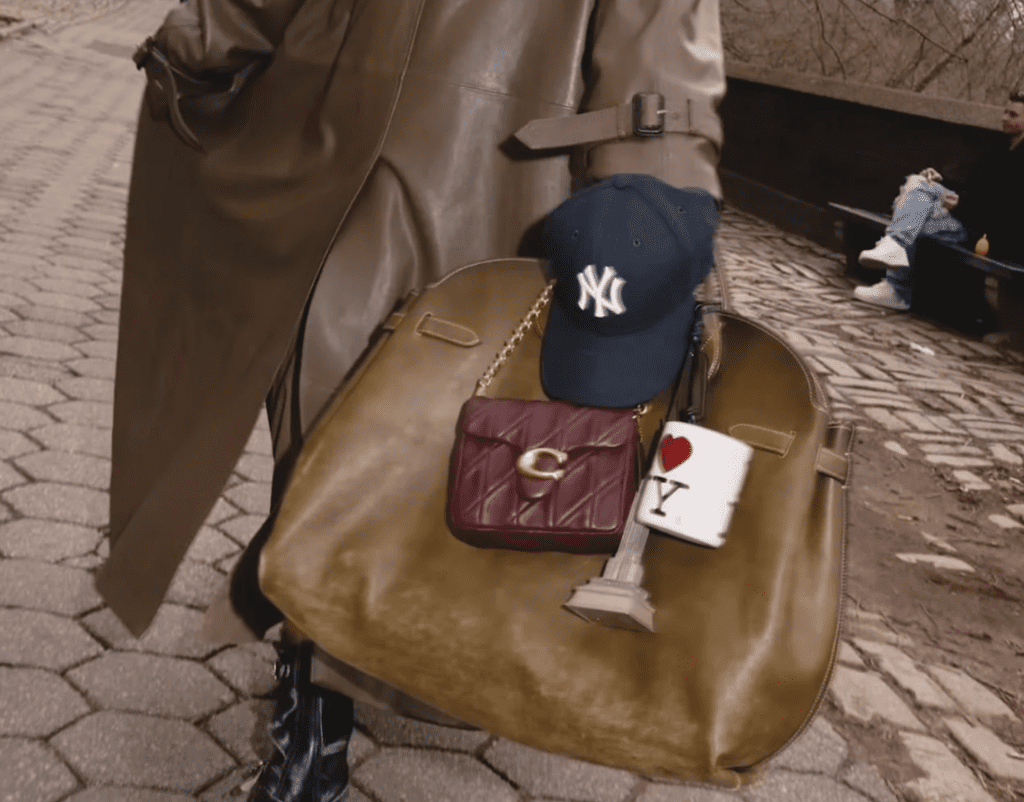Proving that one color is not enough, Virgil Abloh opted to add a new one to his wheelhouse early this year: Canary Yellow. The name of a new Studio Temp-designed website, Canary Yellow serves as a comprehensive archive of the multi-hyphenate creative’s work – from “a section of his newest [DJ set] mixes, “Televised Radio” episodes, and a calendar showing upcoming events,” per Hypebeast to “notable highlights,” such as the Pyrex Vision “A Team with No Sport” video lookbook, imagery from Off-White’s inaugural S/S 2014 collection, and a recording of Abloh’s recent Harvard lecture.
The website name is an interesting one, as Abloh is apparently not the first to be attracted with it. It turns out, another company was in the process of rolling out a Canary Yellow venture more than a decade before the Louis Vuitton menswear director adopted his website name.
As indicated by filings with the U.S. Patent and Trademark Office (“USPTO”), a subsidiary of FUBU The Collection, LLC called … Canary Yellow filed to register its name for use on “clothing, namely shirts, vests, sweaters, shoes, caps, bandannas, shorts, sweat shirts, pants, belts for clothing, socks, swimwear, jackets, rainwear, blouses, dresses, footwear, hosiery, scarves, hats, head bands, pajamas and sleepwear” in December 2003.
The trademark registration would never ultimately not pass USPTO scrutiny, as the trademark body preliminary refused to register the mark, which was filed on an intent to use basis (i.e., the FUBU-owned brand was not yet using the mark at the time the application was filed), asserting that the “Canary Yellow” name “merely describes characteristic of applicant’s goods.” As the USPTO’s examining attorney aptly stated, “A mark is merely descriptive under Trademark Act” – and thus, not protectable as a trademark – “if it describes an ingredient, quality, characteristic, function, feature, purpose or use of the relevant goods and/or services,” and that is precisely what it initially determined that the “Canary Yellow” mark was.
Despite filing an intent to use declaration signed by FUBU president Daymond John in 2003, which attested to the fact that FUBU had “a bona fide intention to use the mark in commerce on or in connection with the goods specified in the application,” the company abandoned the application following the USPTO’s initial refusal, and in hindsight, it seems, the brand, altogether, as it never came to be.
Now, 16 years later, Abloh is picking up where FUBU left off.
Abloh will have a much easier time should – err when – he seeks to register the mark, as it would be difficult for the USPTO to claim that the color is in any way descriptive of what he is using it for – website services. (Should Abloh seek to claim rights in the term for clothing, he will similarly have an uphill battle ahead of him, as no shortage of Off-White garments and accessories come in that specific colorway). As of now, Abloh’s counsel has not filed an application for registration for the color for any goods or services.
As for federal rights in the color, itself, there has been quite a bit of action over the years. While it is no small feat for a brand to claim rights in connection with specific uses of colors, it is possible, as strengthened by a decision from the U.S. Supreme Court, which explicitly held in the mid-1990’s in Qualitex Co. v. Jacobson Products Co. that a color can be registered as a trademark, as long as it identifies the source of the products at issue.
There was a failed attempt by General Mills to claim exclusive rights in its version of the color itself for use on cereal (i.e., its 70-plus year old Cheerios). The Wiffle Ball, Inc. has much more luck, with the USPTO issuing a registration in early 2009 for the color yellow “as applied to plastic baseball bats.” Still yet, the Chinese equivalent of Citibike has amassed legal rights in the U.S. for the color yellow as applied to the body of a bike for “bicycle rental and sharing services,” and Walmart is currently seeking a registration for a vitamins/supplement bottle with a yellow cap – just to name a few. As for attempts to claim rights in the color for use on apparel, those remain to be seen.














